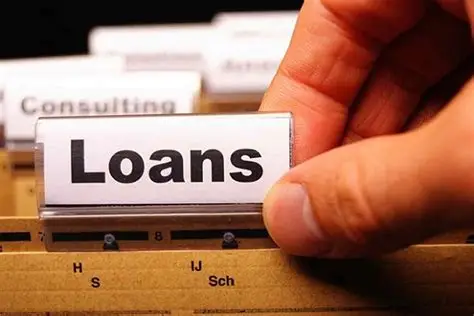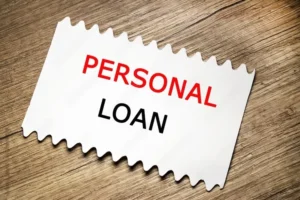1. Choose the type of loan you need
- Personal loan (e.g., for debt consolidation, medical bills, or vacations)
- Auto loan for vehicle purchases
- Mortgage for home buying or refinancing
- Student loan for education costs
- Small business loan for entrepreneurs
2. Understand eligibility requirements
For most personal or auto loans, you’ll need:
- To be at least 18 years old
- Valid U.S. Social Security Number and physical address
- Proof of steady income (minimum household income often $25K+)
- A reasonably good credit score, or a co-signer if your credit is limited
For mortgages or SBA-backed loans, lenders will also look at your Debt-to-Income (DTI) ratio and down payment ability
3. Gather documentation
Typically you’ll need:
- ID (driver’s license, SSN card)
- Proof of address
- Proof of income (pay stubs, tax returns, bank statements)
- Credit history
- Loan purpose and amount requested
This aligns with standard advice on submitting loan apps.
4. Look into Ohio-based lenders
- Credit Unions: These may offer more favorable rates than big banks
- Credit Union of Ohio (statewide branches): personal, auto, RV, secured, home equity loans
- Atomic Credit Union (SE Ohio): small and signature personal loans
- 7‑17 Credit Union (NE Ohio): personal and debt consolidation loans
- Telhio CU (Central Ohio): offers personal, auto, mortgage, and lines of credit
- Banks: PNC provides unsecured personal loans and lines of credit across Ohio
- State‑backed programs:
- Ohio Housing Finance Agency (OHFA): offers FHA, VA, USDA, and conventional home loans for low/moderate‐income buyers
- Ohio Micro‑Loan Program: geared toward small businesses, typically loans starting at ~$10K
5. Pre‑qualify or get pre‑approved
- Use soft credit checks to get pre‑qualified, which won’t impact your credit score
- Getting pre‑approval involves a full credit check and gives a firm offer with rate, amount, and term—especially useful for auto and mortgage loans .
6. Compare offers
Check and compare:
- Interest rates (fixed vs. variable)
- Loan duration and monthly payment estimates
- Fees (origination, processing, closing)
- Prepayment penalties
- Lender reputation and customer service
Comparing multiple offers—via banks, credit unions, and online—can help you secure the best deal
7. Apply and complete the process
- Complete the full application (online or in person)
- Submit required documents
- Potentially lock in the rate (mortgage) once approved
- Wait for the final decision (often within days for personal loans, longer for mortgages)
8. Finalize and manage repayment
- Accept the loan, sign documents, and receive funds
- Create a repayment plan or set up auto-payments
- Stay on top of timely payments to maintain credit health
📌 Tips & Reminders
- Build your credit first (lower DTI, improve score) to get better terms.
- Use co‑signers if needed to boost your application
- For education loans, federal student aid (FAFSA, Direct Subsidized/Unsub loans) often beats private options
- For business ventures, consider SBA‑backed loans via local banks — apply through SBA’s Lender Match tool
✅ Next Steps
- Decide what type of loan you need.
- Check your eligibility and credit status.
- Research local lenders (start with credit unions and OHFA programs).
- Pre‑qualify with a few places to compare rates.
- Apply to the lender with the best offer.










